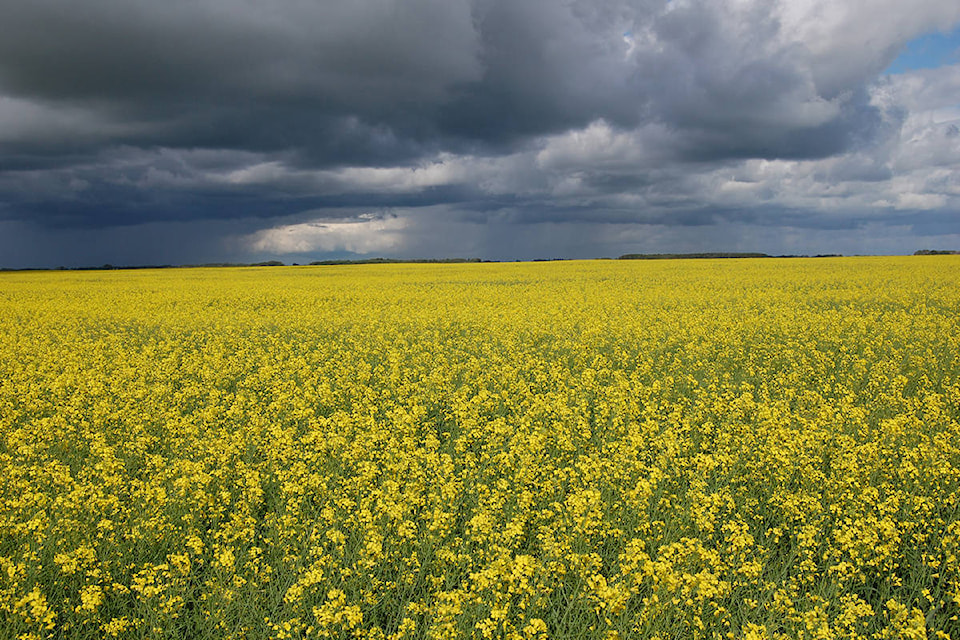There are a number of things producers can do if dryness is affecting their pastures.
“Growing conditions are all over the map this year with some Alberta cattle producers dealing with too much rain and some with too little,” says Andrea Hanson, beef extension specialist, Alberta Agriculture and Forestry. “For those producers coping with summer pasture that is going backwards quickly, there are ways to manage what forage you have left. For some, it may even be that the forage in the pasture is holding up but the water source has dried up or is questionable and hauling water is too difficult.”
If pastures are affected, it’s likely the crops in the area are affected as well. “You may want to consider whether some of the crops’ quality and kernel weight will be sufficient to take it as grain or whether cutting it early and using it for livestock feed would make more sense,” Hanson added. “If your operation doesn’t grow grain crops, speak to your neighbours, as they may be considering alternative measures and could be open to crop sharing. Also, be aware of nitrate issues, as annual crops that are stressed can be high in nitrates.”
Another effective way to manage forage is by managing cattle. “Weaning early reduces the amount of feed, energy and protein required by the cow and allows her to increase or maintain her body condition which is vitally important for her fertility,” Hanson explained. “However, early weaning does involve planning on your part. The younger the weaning age of the calf, the higher the energy and protein levels will need to be fed. Calves older than 120 days can be backgrounded on pasture and have comparable performance to normally weaned calves (200 days) as long as there is plenty of high quality forage available.”
In a three-year Alberta Beef Industry Development fund project, three stages of weaning were evaluated to determine the effect on the cow and calf performance and what that meant to the financial bottom line.
According to Hanson, what they found was that early weaning is a great tool for stretching pasture resources and reducing the cow’s nutritional requirements while adding body condition to the cow going into winter. As long as properly planned, there are little to no detrimental effects on the calf.
“AF has a factsheet on early weaning that can help with this,” she said.
Plan out your feed supply sooner than later so you can start to shop around for what you need. “You can stretch your feed supply by using crop residues and straw but you need to know what you’re feeding,” Hanson said. “Test your feed types to know what you are working with so you aren’t guessing what the nutrients in the feed are. While there is a cost to testing, there is a much greater cost to over or underfeeding your cattle.”
Hanson also added that it’s important to be tough when it comes to culling and to get those cows’ pregnancy checked.
“Feed costs are the number one expense in cattle operations and those cows that aren’t pregnant only eat into your profits. Having a more diligent culling program will free up that extra feed for those cows who are pulling their weight and will add to your future profitability.”
Source: Alberta Agriculture and Forestry
